Research projects related to osteopathic education
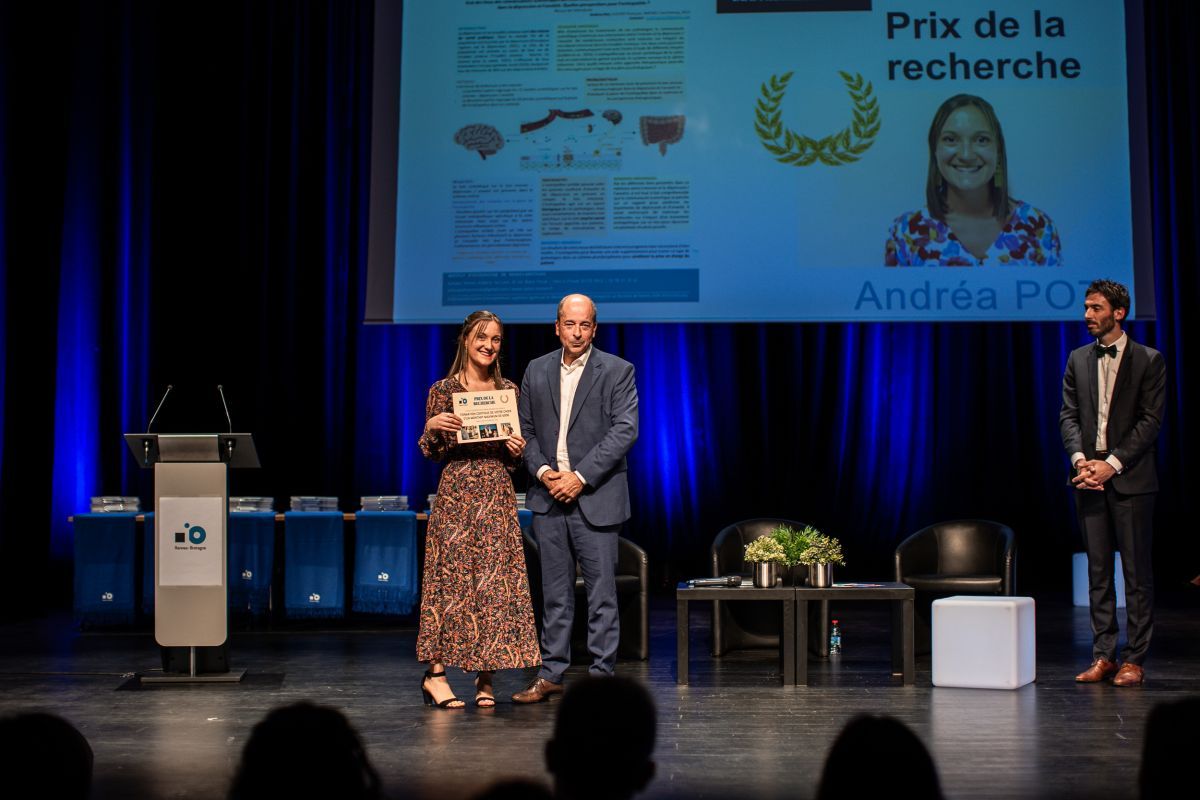
Strategy for osteopathic education research
Osteopathic research is developing and raising a number of essential questions for the profession in France and internationally. Exploring and evaluating new directions and perspectives in osteopathic teaching, with the aim of developing a practice informed by new professional and scientific knowledge, is a major challenge for the Institute. This line of research therefore focuses on the evolution and evaluation of the teaching carried out within the institute. Numerous research projects are carried out by students and teachers as part of their final dissertations and continuing education.
Discover the project All publications
Research Prize
Exploring new osteopathy research topics
The IO-RB research prize was set up in 2017 to showcase the students' research achievements and encourage the emergence of new research topics developed within the Institute. As required by the December 12, 2014 Order relating to osteopathy studies (Official Journal of the French Republic n°0289 of December 14, 2014), osteopathy students at IO-Rennes must produce a final year dissertation in order to graduate as osteopaths. This course unit aims to allow students to examine professionally-related issues in a critical and analytical perspective, by applying a scientific methodology. IO-RB has chosen to highlight this work by showcasing the most relevant dissertation, in the shape of a scientific poster submitted to a jury of course tutors. Scientific posters are visual instruments commonly used in the medical and scientific community. They are used to showcase research output in France and internationally, in order to enhance professional recognition.
osteopathic students WINNING :
2024 : " Expliquer la douleur à nos patients : Impact de la combinaison de l’éducation neurophysiologique à la douleur et de la thérapie manuelle - Revue systématique " - Faustine Pichard
2023 : « State of scientific knowledge of the interrelationships between the gut and the brain involved in depression and anxiety. What perspectives for osteopathy? - Literature review. » - Andréa Pot
2022 : « Osteopathy, interoception and self-representation: How does pain influence self-representation through interoceptive pathways ? » - Loïse Noiret
2021 : « The contribution of osteopathy for bruxism : analysis of cervicomandibular mobility » - Thomas Bagory
2020 : « Between traditions and scientific evidence... towards a new osteopathic teaching » - Apolline Martin
2019 : « Coccyx and Ganglion Impair: a forgotten neighbor » - Thibault Canaguier
2018 : « Chronic neck pain: interrelation between cervical spine and diaphragm movement: is the phrenic nerve to blame? » - Loren Bazin
2017 : « The legacy of Stillian Osteopathy » - Pierre Tedeschi
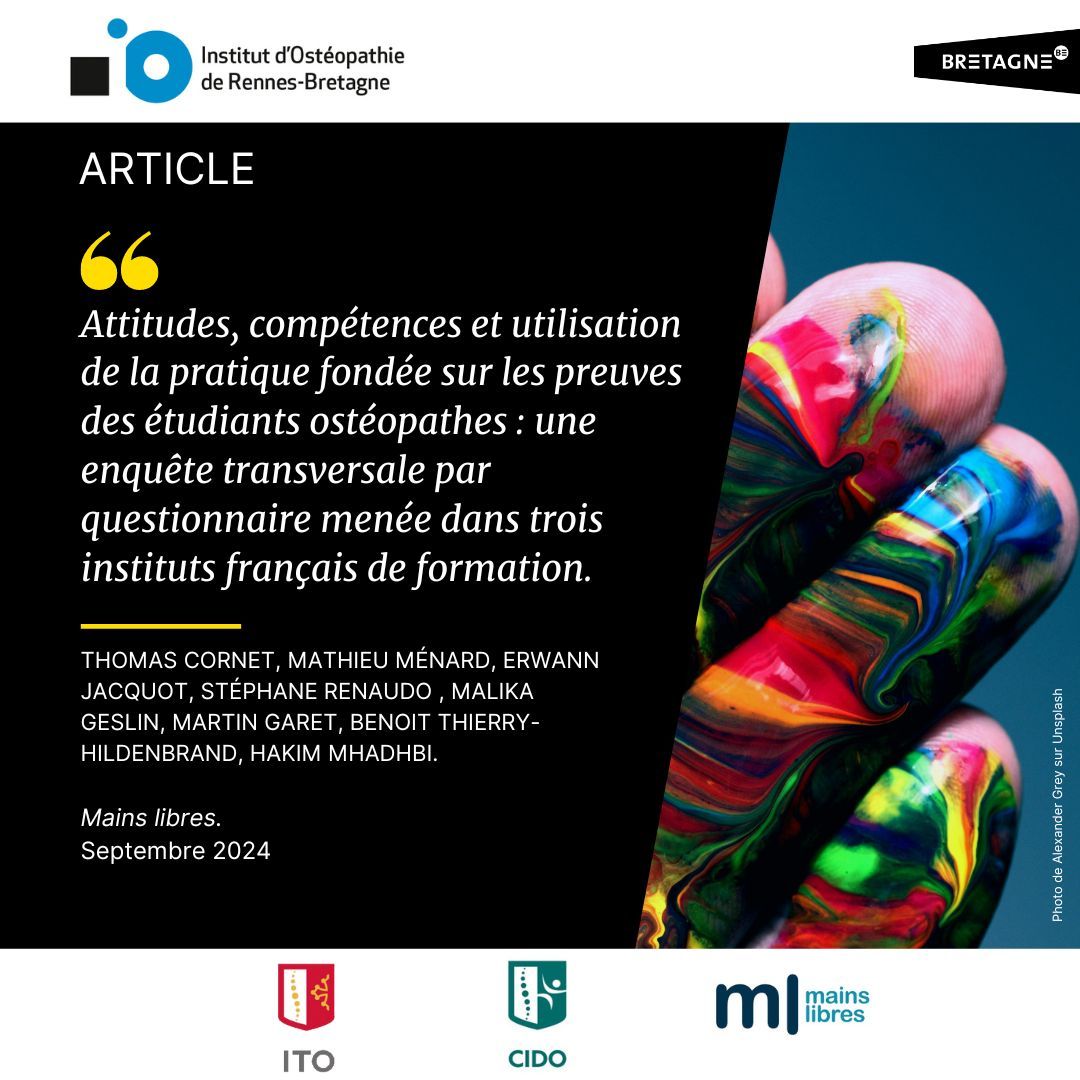
" Attitudes, compétences et utilisation de la pratique fondée sur les preuves des étudiants ostéopathes : une enquête transversale par questionnaire menée dans trois instituts français de formation "
Thomas Cornet, graduated from the Institut d'Ostéopathie de Rennes-Bretagne, has completed his dissertation on the attitudes, skills and utilisation of evidence-based practice by osteopathic students at the Institute, as part of the Master's degree in Education Sciences at the University of Rennes 2.
This research, overseen by Mathieu Ménard (a teacher and researcher at the IO-RB), represents a continuation of the work undertaken by Hakim Mhadhbi (head of the clinic) on teachers. This study, conducted in collaboration with two other osteopathy schools (ITO Toulouse and CIDO Saint Etienne), explored the attitudes, skills and use of EBP among French osteopathy students.
The hypothesis was that students would have a favourable attitude towards EBP, but would find it difficult to apply this knowledge in a clinical context. A cross-sectional survey was conducted between October and December 2023 among osteopathy students in their third to fifth years (N = 701, total requested) from three French teaching establishments. Participants were requested to complete the Evidence-Based Practice Attitude and Utilisation Survey (EBASE) adapted for students (EBASE-FrStu). A total of 586 students participated in the study. The majority of respondents (73%) demonstrated a favourable attitude towards EBP, with 88% expressing a desire to enhance their EBP skills and 58% perceiving EBP as a potential tool to inform decisions regarding patient care. However, the majority of respondents (80%) reported a low percentage of EBP implementation in their clinical practice.
While the participating students exhibited a favourable attitude towards EBP, their extant skills did not permit full integration of EBP into their clinical practice. These findings underscore the necessity for further efforts to enhance the implementation of evidence-based practice within the osteopathic curriculum.

Projects and publications of the Institut d'Ostéopathie de Rennes-Bretagne
" Attitudes, compétences et utilisation de la pratique fondée sur les preuves des ostéopathes qui enseignent : une enquête transversale menée dans deux instituts français de formation "
As part of the Master of Health Care - Osteopathy (Osteopathy, Master's Degree | Metropolia UAS) Hakim Mhadhbi, Clinic Manager, completed his dissertation on the attitudes, skills and use of evidence-based practice by osteopathic teachers within the Institute.
Although evidence-based practice (EBP) is now widely adopted and recommended among healthcare professionals, its application in clinical practice and teaching remains widely debated within the osteopathic community. A cross-sectional survey was carried out among osteopaths teaching in two French teaching establishments.
They were invited to respond anonymously online to the translated and culturally adapted French version of the Evidence-Based Practice Attitude and Utilisation SurvEy (EBASE-Fr) questionnaire. Of the 134 osteopathic teachers contacted, 60 responded to the EBASE-Fr. Respondents reported generally positive attitudes towards EBP. The majority of participants wished to improve their EBP skills (85%), and responded that EBP helps them make decisions about patient care (80%). Respondents also perceived their EBP skills as moderately high, and reported low levels of EBP use in the thirty days prior to participating in the study.

" Attitudes et croyances sous-jacentes des étudiants, des enseignants et des praticiens en ostéopathie à l’égard de la lombalgie non-spécifique "
This study was carried out as part of the evaluation of teaching carried out within the institute by exploring the attitudes, beliefs and clinical orientations of students, recent graduates, teachers and non-teaching practitioners from two French osteopathic teaching institutes with regard to the management of non-specific low back pain (NSLBP).
Psychosocial factors play an essential role in the prognosis and management of patients with non-specific low back pain (NSLBP). Scientific evidence indicates that an individual's beliefs about pain are associated with the attitudes and beliefs of the clinician consulted.
If future clinicians are to adequately address the psychosocial factors associated with NSL, it seems crucial to assess their attitudes during their training in order to gain a better understanding of the beliefs that underlie them. This population was studied by means of a cross-sectional survey conducted online between August and October 2021, comprising a collection of socio-demographic characteristics, a questionnaire (Back-PAQ) and a clinical vignette. 798 participants responded to the survey(556 students, 47 new graduates, 88 teachers, 107 practitioners). Beliefs about spinal pain as measured by the Back-PAQ were found to evolve positively throughout the course, with new graduates showing the highest scores. Back-PAQ scores and clinical vignette results were moderately correlated, indicating that participants with deleterious beliefs would be more likely to convey activity-avoidance messages to their patients.
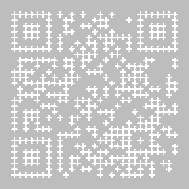
Impact of different revision tools on the learning of musculoskeletal techniques
The aim of this study was to evaluate the influence of different revision tools on the learning process of musculoskeletal techniques. Second-year students were given a four-hour lesson on five musculoskeletal techniques, they have never seen before. Sixty-eight students were randomly divided into three groups.
Each group was given a different revision tool at the end of the lesson: Group 1- Video podcasts online; Group 2 -Technical data sheets on line; Group 3 - Nothing – Control group. A practical exam supervised by an experienced external assessor using specific evaluation grids, was scheduled nine weeks after the four hour lessons.
A video system included in the multi-media platform the students used to view their online handout, has allowed the assessment of the student’s behavior during their reviewing time, depending on the handout they had. In addition, a 20-items Likert-type survey has been used to evaluate their level of satisfaction of the revision tool.
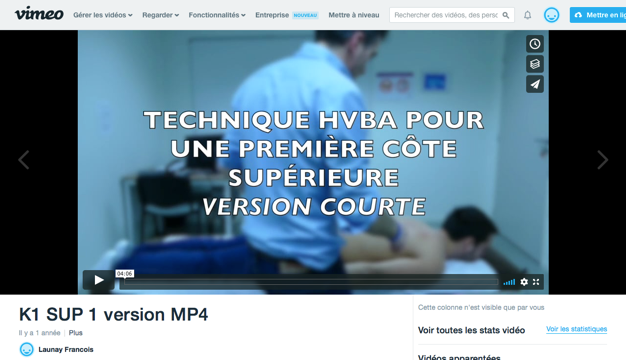
Results showed that video-based reviewing could be a relevant pedagogical tool for the successful acquisition of the musculoskeletal techniques. Videos enhance the learner’s results while positively influencing their behavior during the review phase but does not prevent surface learning. Our perspective is to develop a structured pedagogical approach where learners will enjoy the benefits of utilizing videos while being more personally engaged.
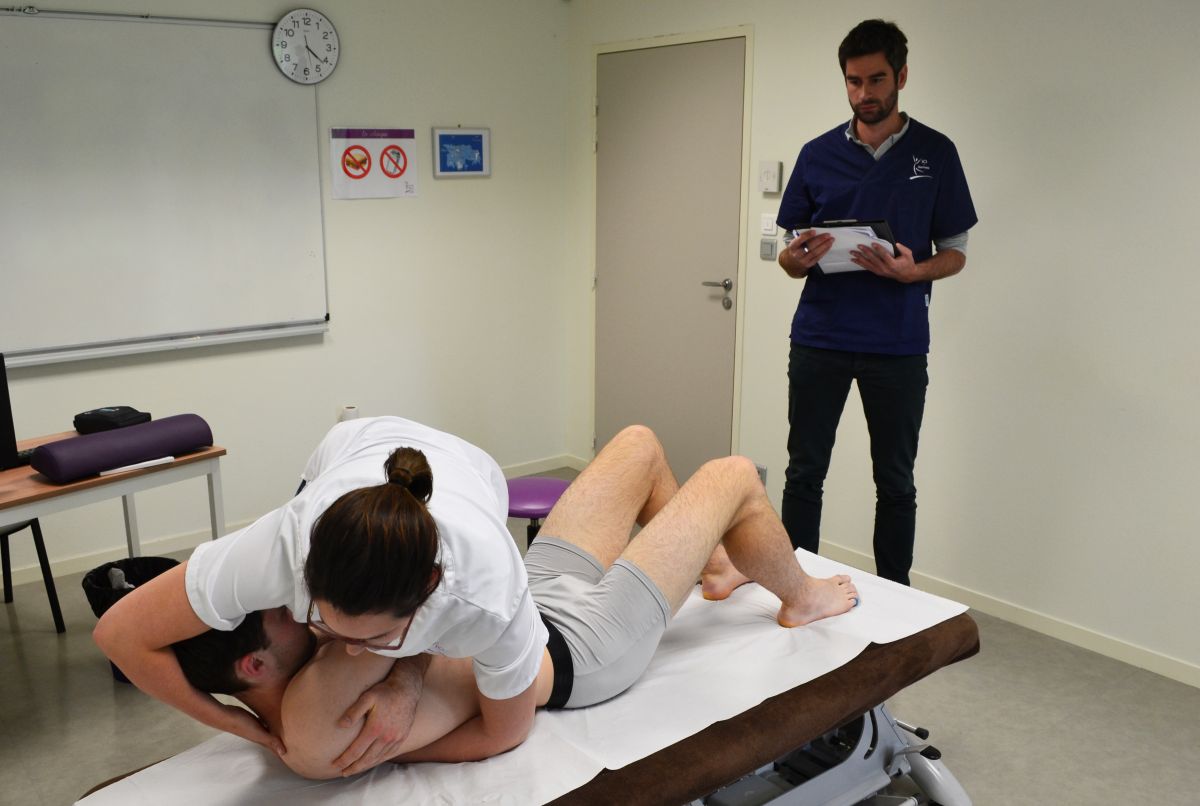
The impact of video on clinical osteopathy competence acquisition
In 2018, within the framework of the December 2014 Decree on osteopathy studies, IO-RENNES conducted a study led by Hakim Mhadhbi on the acquisition of clinical reasoning in osteopathic practice.
The aim of this preliminary study, based on 3rd year students, was to develop a methodology for video-recorded patient examination analysis, assessing the impact of video as a tool.
The study’s initial results will be presented at the 6th "Open Forum for Osteopathic Education" to be held in Lyon on October 18 and 19, 2018.
See the study: Impact of the video tool on the acquisition of clinical skills in Osteopathy. Preliminary study on 3rd year osteopathic students.
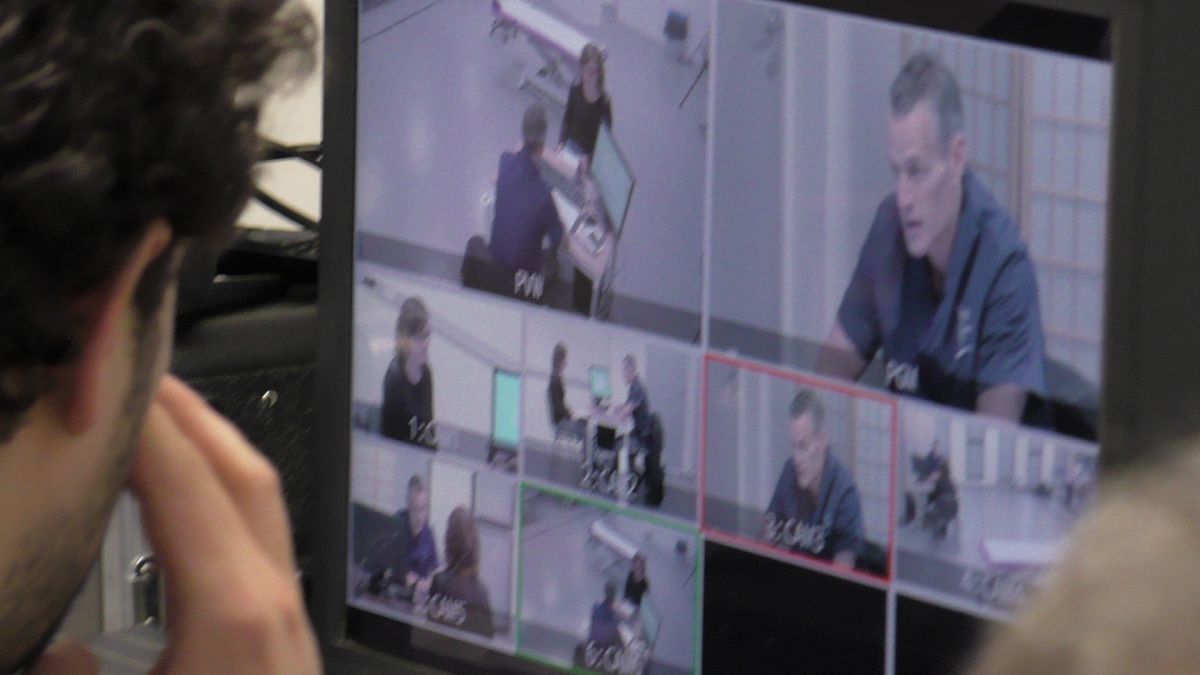
Using video as a tool for therapeutic approach analysis
Four students from the Rennes Institute of Osteopathy conducted a research project between 2015 and 2017, on the following topic: "Construction of a descriptive categorization system for the osteopathic treatment of patients, taking into account the subjective perceptions involved in palpation and the educational values underlying the therapeutic act."
With the help of the CREA (Rennes 2 University Audio-visual resource and study center) and the CREAD research lab (Centre for research on Education, learning and didactics), the students produced video recordings that they can use to improve their practice.
These videos show members of the osteopathic teaching staff orally describing their therapeutic practice for the benefit of the students, and they have been used to analyse:
- The health practitioners’ posture during the session
- How theoretical knowledge is brought to bear on therapeutic gestures and strategies
These projects then served as the basis for their final year dissertation, which they defended in front of two University Professors in Educational Sciences. The dissertation on therapeutic strategies was presented at the "British School of Osteopathy International Education Conference" on December 9, 2017, in London.
The Educational Science-based approach has led to further innovations in teaching and learning. In particular, it has helped to:
- Meet the course quality requirements that IO Rennes has set for itself.
- Take into account the osteopathy students' learning approaches.
- Keep students engaged throughout their course.
- Enhance the faculty's self-assessment capacities.





